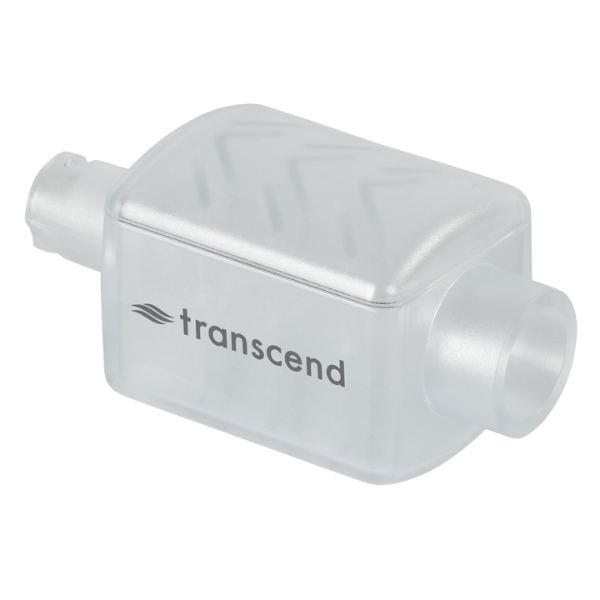What Are a CPAP Hoses and Tubing?
A CPAP hose, or commonly referred to as CPAP tubing, is a flexible tube that’s designed to connect a CPAP (Continuous Positive Airway Pressure) machine to a CPAP mask. Its main function is to deliver a continuous flow of positive air pressure from your CPAP machine to your mask, in order to keep your airway open during OSA (Obstructive Sleep Apnea) treatment.
Different Types of CPAP Tubing
CPAP tubing comes in many different types and styles meant to meet your specific needs and preferences:
Standard CPAP Tubing: A 22mm (diameter) cuffs and 6ft long hose is the standard size tubing designed to be compatible with most CPAP machines and CPAP masks. Although the most common length is 6 feet, many tubing is available in various lengths such as 4 feet, 8 feet, 10 feet, and beyond. Most stadnard tubing is not made to be compatible with systems that utilize humidifiers or require slim tubing.
Heated CPAP Tubing: Heated hoses are designed to work in conjunction with CPAP machine humidifiers to increase moisture in the pressurized air delivered from your CPAP machine and prevent condensation from forming.
Slim CPAP Tubing: Slim tubing is designed to offer a smaller diameter, such as 15mm, as slimmer tubing is lighter and can be more responsive to moving and reduce mask drag throughout your sleep.
How to Clean CPAP Tubing
Regularly cleaning your CPAP tubing is essential for maintaining optimal hygiene, ensuring effective CPAP therapy, and prolonging the lifespan of your equipment. Tubing should be rinsed with warm water daily, and deep cleaned weekly. Here are some helpful tips for deep cleaning your CPAP tubing:
-
Disconnect: Unplug your CPAP machine and disconnect your CPAP tubing from both your CPAP machine and CPAP mask.
-
Soak: Using warm water with a mild soap or detergent, submerge your CPAP tubing ensuring the water reaches the inside of your CPAP hose. Allow to soak for about 15-30 minutes.
-
Scrub: While your CPAP tubing is still submerged, scrub the inside of the tubing using a soft CPAP brush or cloth.
-
Rinse: Thoroughly rinse your CPAP hose under warm, running water, making sure all excess soap and residue is removed.
-
Dry: Hang your CPAP tubing to dry in a well-ventilated location, avoiding direct sunlight or excessive heat. A CPAP tubing hanger can greatly assist with drying your equipment.
-
How Often Should CPAP Tubing Be Replaced?
CPAP tubing lifespans can differ based on various factors such as how well your tubing is cleaned and maintained, how often you use your tubing, and the overall quality of your CPAP tubing. Regularly replacing your CPAP tubing helps to ensure effective CPAP therapy and maintain hygiene, reducing the risk of respiratory infections and other side effects.
It's recommended to swap your replacement CPAP tubing every 3 months. Learn more about the ideal replacement schedule for your CPAP supplies with this helpful blog.













